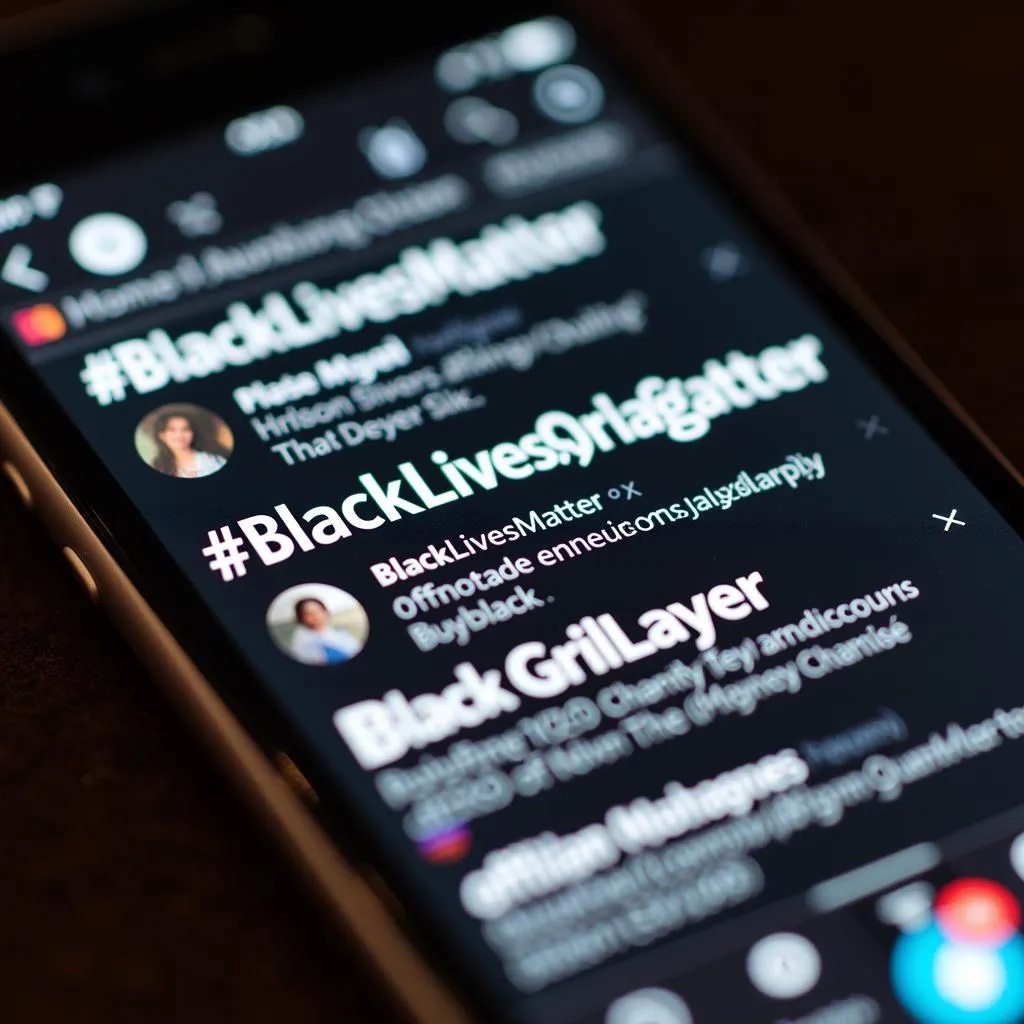Unveiling the Magic of African Artistry
African Artistry, a vibrant tapestry woven from centuries of tradition and innovation, captivates the soul with its raw beauty and powerful narratives. From the intricate carvings on ancient masks to the pulsating rhythms of traditional music, every element of African art tells a story, reflects a belief, and embodies the very essence of a diverse and dynamic continent. This exploration delves into the heart of African art forms, uncovering their significance and the impact they have on the world stage.
A Legacy Etched in Time: Exploring the Diversity of African Art
African artistry is far from monolithic; it’s an expansive universe encompassing a myriad of styles and forms, each bearing the unique fingerprint of its origin.
The Power of Visual Storytelling
-
Sculpture: Serving both ritualistic and decorative purposes, African sculptures, often rendered in wood, bronze, or ivory, are renowned for their bold forms and evocative power. These pieces often depict ancestors, deities, or animals imbued with symbolic meaning, offering a glimpse into the spiritual beliefs and societal structures of different cultures.
-
Textiles: Across the continent, textiles transcend mere fabric to become intricate canvases for storytelling. From the bold, geometric patterns of Kente cloth in Ghana, symbolizing history and lineage, to the intricate beadwork of the Maasai people in Kenya, each piece narrates a story of cultural identity and heritage.
Beyond the Visual: Music and Dance as Expressions of Life
African music, pulsating with rhythmic energy, is deeply ingrained in the fabric of everyday life. The iconic sound of the djembe drum, originating from West Africa, has reverberated across the globe, its infectious beats embodying the spirit of celebration and community. Similarly, intricate polyrhythms and soulful melodies characterize musical traditions across the continent, serving as vehicles for storytelling, spiritual expression, and social commentary. African dance forms, intrinsically linked to the music, are powerful expressions of emotion and storytelling, often used in rituals, ceremonies, and social gatherings.
The Enduring Influence of African Artistry
African artistry’s impact extends far beyond the continent’s borders, leaving an indelible mark on the global art scene.
Shaping Modern Art Movements
In the early 20th century, the bold aesthetics of African sculptures, masks, and textiles captivated artists like Picasso, Matisse, and Modigliani, leading to the birth of Cubism and other modernist movements. African aesthetics, with their emphasis on abstraction, geometric forms, and emotional intensity, offered a fresh perspective that challenged the conventions of Western art.
A Global Tapestry: African Influences in Contemporary Art and Fashion
Today, contemporary African artists continue to make waves on the international stage, pushing boundaries and challenging perceptions. From the vibrant, mixed-media works of El Anatsui to the thought-provoking installations of William Kentridge, African artists are redefining the narrative of contemporary art. Furthermore, African influences are increasingly visible in fashion, music, and design, demonstrating the global reach and enduring appeal of African creativity.
Celebrating the Rich Legacy of African Artistry
African artistry is not a relic of the past but a living, breathing testament to human creativity and resilience. It’s a powerful reminder of the interconnectedness of cultures and the importance of embracing diverse artistic expressions. As we continue to engage with its beauty and depth, we open ourselves to new perspectives, richer understanding, and a deeper appreciation for the power of art to transcend borders and connect us all.
FAQ
1. What makes African art unique?
African art distinguishes itself through its emphasis on symbolism, functionality, and community. Often deeply rooted in spiritual beliefs and social structures, each piece serves a purpose beyond aesthetics, embodying cultural values and traditions.
2. What are some prominent materials used in African art?
African artists utilize a diverse range of materials, including wood, bronze, ivory, textiles, beads, clay, and found objects, often reflecting the natural resources available in their respective regions.
3. How has colonialism impacted African art?
Colonialism had a complex and multifaceted impact on African art, leading to both exploitation and innovation. While some traditional art forms were suppressed, others were adapted and transformed, giving rise to new artistic expressions.
4. Where can I learn more about African art?
Numerous museums and galleries worldwide showcase African art. Additionally, online resources, cultural centers, and academic institutions offer valuable insights into the diverse artistic traditions of the continent.
5. How can I support African artists?
Support African artists by purchasing their work directly from ethical sources, promoting their talent, and advocating for fair representation and compensation in the global art market.
Explore Further
- African Ibis Vessel
- African Drumming Performers
- African Gomed Rough
- African Clothing Chicago
- African Hair Style Image Female
Do you want to discover more about the captivating world of African artistry? Contact us at +255768904061, email us at kaka.mag@gmail.com, or visit us at Mbarali DC Mawindi, Kangaga, Tanzania. Our dedicated team is available 24/7 to answer your questions and guide you on your journey of exploration.


